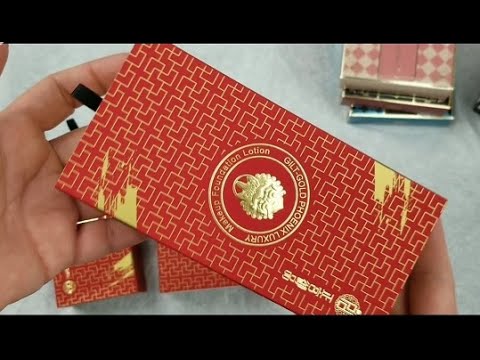The Forbidden City, also known as the Imperial Palace, is a UNESCO World Heritage Site located in Beijing, China. It was the former imperial palace of the Ming and Qing dynasties and is now a museum. The Forbidden City is one of the world’s most famous tourist attractions and is considered a masterpiece of Chinese architecture.
History of the Forbidden City
The Forbidden City was built by the third emperor of the Ming dynasty, Emperor Yongle, who moved the Chinese capital from Nanjing to Beijing in 1420. It was constructed over 14 years and was completed in 1420. The palace was used as the residence of the emperor and his family and as a ceremonial and political center of the Chinese government. It was off-limits to ordinary citizens, hence the name “Forbidden City.”
Architecture of the Forbidden City
The Forbidden City is a complex of more than 9,000 buildings, including 980 surviving structures. It covers an area of 72 hectares (180 acres). The palace is divided into two parts: the Outer Court, which is where the emperor conducted his affairs of state, and the Inner Court, which was the residence of the emperor and his family. The buildings are arranged along a central axis from south to north, and the entire complex is surrounded by a 10-meter-high wall and a moat.
Outer Court
The Outer Court is located in the southern part of the Forbidden City and is the public face of the palace. It is where the emperor received foreign envoys and held grand ceremonies. The most important buildings in the Outer Court are the Hall of Supreme Harmony, the Hall of Central Harmony, and the Hall of Preserving Harmony.
Inner Court
The Inner Court is located in the northern part of the Forbidden City and is where the emperor and his family lived. It is divided into two parts: the eastern part, which is the living quarters of the emperor and his family, and the western part, which is where the emperor conducted his daily affairs. The most important buildings in the Inner Court are the Palace of Heavenly Purity, the Palace of Earthly Tranquility, and the Hall of Union.
Features of the Forbidden City
The Forbidden City is a treasure trove of Chinese culture and art. It is home to a vast collection of artifacts, including paintings, sculptures, ceramics, and furniture. It also features magnificent gardens, pavilions, and courtyards, as well as a number of stunning palaces.
- Gardens – The Forbidden City is home to several beautiful gardens, including the Imperial Garden and the Garden of Perfect Brightness.
- Pavilions – There are several pavilions in the Forbidden City, including the Pavilion of Literary Profundity, the Pavilion of Ten Thousand Springs, and the Pavilion of Divine Prowess.
- Courtyards – The Forbidden City has a number of courtyards, including the Imperial Garden, the Hall of Imperial Peace, and the Hall of Mental Cultivation.
- Palaces – There are several palaces in the Forbidden City, including the Palace of Earthly Tranquility, the Palace of Heavenly Purity, and the Hall of Union.
Visiting the Forbidden City
The Forbidden City is one of the most visited tourist attractions in Beijing and is a must-see for anyone visiting the city. It is open daily from 8:30am to 4:30pm and tickets can be purchased online or at the gate. Guided tours are available, as well as audio guides in several languages.
